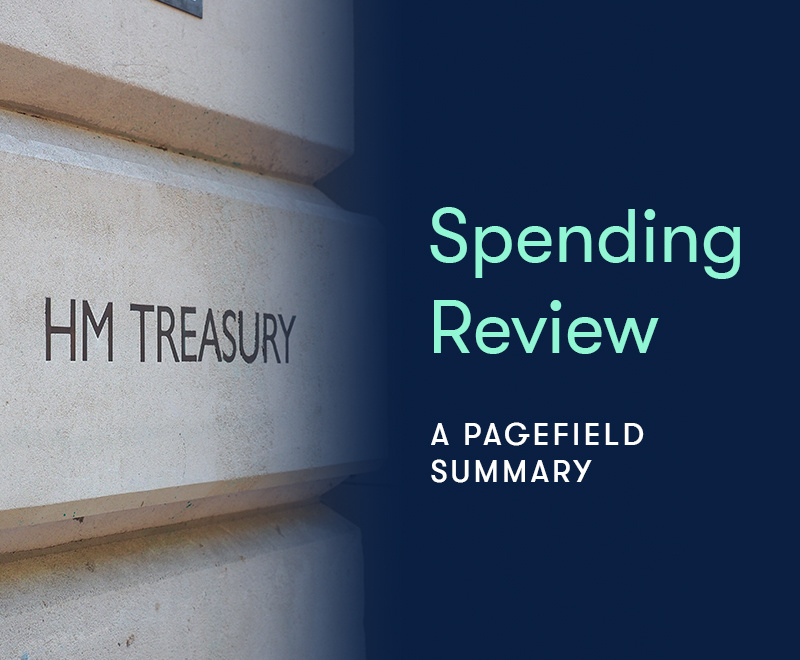It is hard to believe that if David Cameron had served his full five-year term that we would only now be preparing for a General Election, with Jeremy Corbyn still at the helm of the Labour Party. Two general elections, one referendum and a public health emergency later, it is safe to say that we are acclimatising to not just a new political normal but a new way of life.
Yet, when all eyes may appear to be pointing elsewhere, Labour’s half a million members and associated affiliates have just made a decision which could define the future of the party, by electing Sir Keir Starmer as the new Labour Party leader. A former Director of Public Prosecutions and human rights lawyer, he has been tasked with defeating the seemingly unassailable Conservative Party who, by the end of the next parliamentary term, will have been in power for 15 years.
Starmer would have thought that when he was elected in the first round, with a vote share not seen since Tony Blair’s leadership election in 1994, that he would be able to begin the crucial work of holding the Government to account over its response to the coronavirus crisis. However, just a week into the job, he has already had to launch an inquiry into the leak of an internal dossier into the Party’s handling of antisemitism. The report is damning and shines light on both a culture of antisemitism within the party and a hostile environment of infighting between the Leader of the Opposition’s Office and the Party’s ruling body, so the former barrister already has plenty on his plate.
Since getting his feet under the table, Starmer has attempted to distance himself from the Shadow Cabinet he once served in and has surrounded himself with fresh faces and veterans of the party. If the last three general elections have taught us anything, it is that the public’s perception of the Cabinet and Shadow Cabinet matters at the ballot box.
With this in mind, we have picked out the names who could make or break Starmer’s dreams of entering Downing Street. Here’s what you should know about the new occupants of the Labour frontbench.
Anneliese Dodds, Shadow Chancellor
For the first time we have a woman in the role of Shadow Chancellor. In Anneliese Dodds, Starmer has appointed a highly competent yet largely unknown Shadow Chancellor of the Exchequer. Having spent time as a Shadow Treasury Minister and on the Economic and Monetary Affairs Committee in the European Parliament, she is well-versed in the intricacies of fiscal policy. However, this is a big promotion for a relatively new MP and only time will tell if she is able to strengthen her public profile enough to command the confidence of the electorate.
Nick Thomas-Symonds, Shadow Home Secretary
If there is one thing an electorate is more conscious of than their finances, it is their safety and security and the man chosen by Starmer to guarantee just that is Nick Thomas-Symonds MP. Another notable promotion, Thomas-Symonds has had a taste of the big league having served as Shadow Solicitor General for the last four years. A consummate performer at the dispatch box, the former Lawyer and academic could well stamp his mark on British public life in the weeks and months to come.
Ed Miliband, Shadow Secretary of State for BEIS
A man that needs no introduction, Ed Miliband has returned to the Shadow Cabinet with responsibility for Business, Energy and Industrial Strategy. A former party leader, Miliband has extensive experience in the brief having been responsible for energy in both Government and opposition. It undeniable that Miliband represents everything that Starmer could want in a Shadow Cabinet: experienced, competent, intelligent. However, is it doubtful whether he represents a big enough departure from the Labour Party which have lost three General Elections in five years.
Lisa Nandy, Shadow Foreign Secretary
Starmer has failed to break with a long line of tradition and handed Shadow Cabinet roles to both his leadership competitors. Whilst “Corbyn continuity candidate” Rebecca Long-Bailey takes over the education brief, an eyebrow raiser came in the form of Lisa Nandy as Shadow Foreign Secretary. Perhaps however the time on the shadow front bench will serve Nandy well in increasing her public profile which would aid a future leadership bid.
Who else is at the table?
Starmer’s plea to unite a divided Labour Party is largely reflective in the composition of his Shadow Cabinet. Veterans such as David Lammy (Justice) and Emily Thornberry (International Trade) will provide invaluable experience around the Shadow Cabinet table and assist in the progression of rising stars such as Ian Murray (Scotland), Jim McMahon (Transport) and Dr Rosena Allin-Khan (Mental Health). Ministers have been drawn from all over the UK and represent the “broad church” of political thinking that the Labour Party was founded upon.
We will have to wait a while before a litmus test can be applied to the success of Starmer’s appointees. However, in the meantime it is crucial that they provide the effective opposition that many say has been missing for the last five years.



